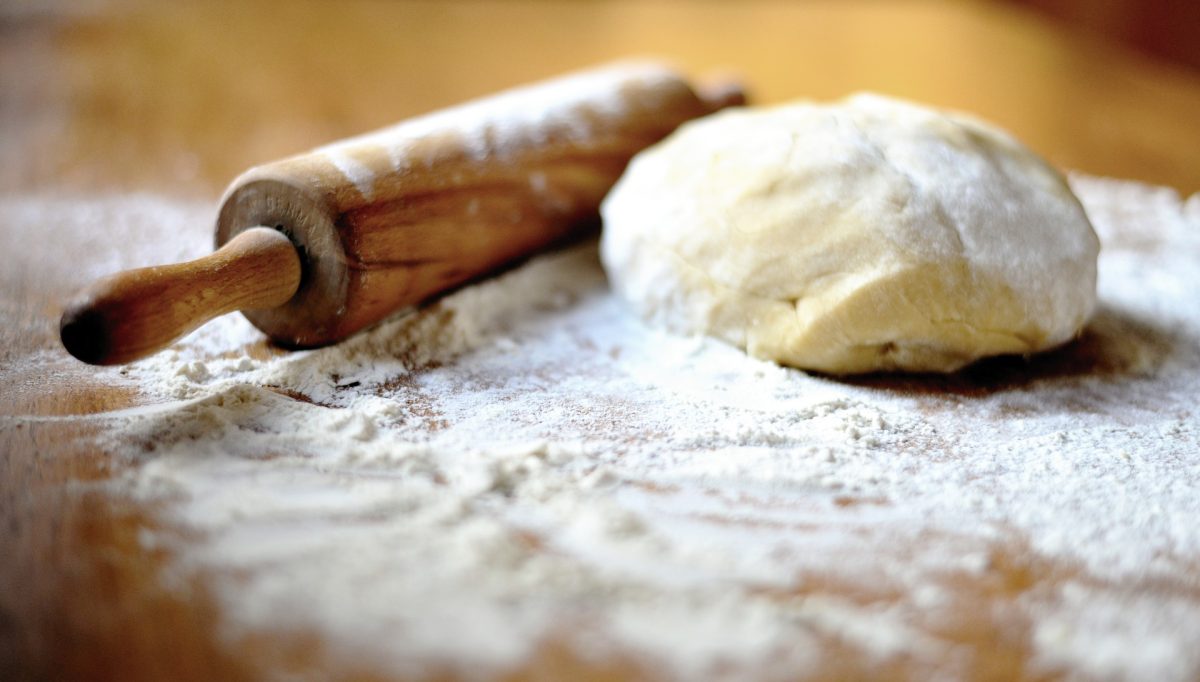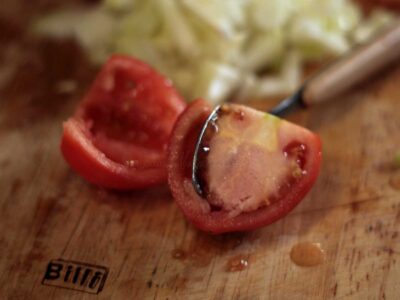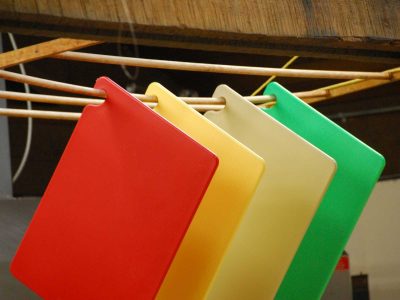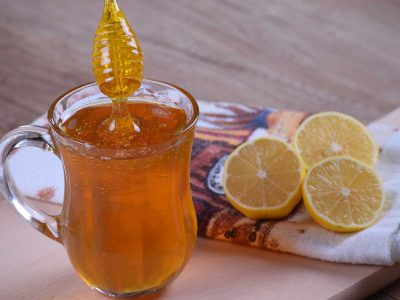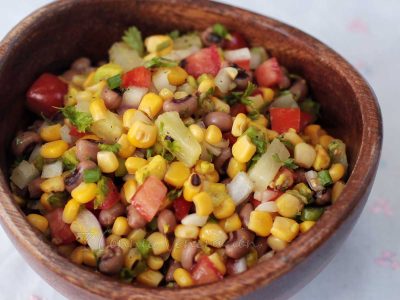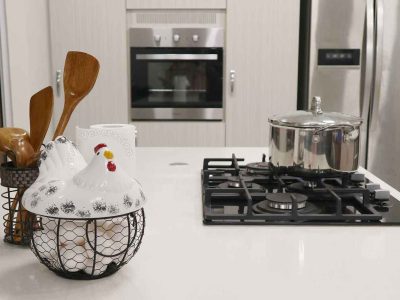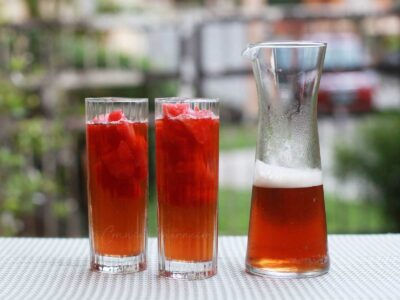In recipes, we find references to all-purpose flour, bread flour, self-rising flour… The classification varies from one country to the next.
In scientific terms, flours are classified according to their “ash mass” (readmore) which, in a nutshell, is about how much of the whole grain remains in the flour and, from another perspective, whether the flour was milled fromhard or soft wheat.
I found three articles that outline the methods for testing the quality of flour.
Flour Quality
Flour Quality Parameters
Wheat and Flour Testing Methods: A Guide to Understanding Wheat and Flour Quality: Version 2
Unfortunately, none of the three explains anything in terms simple enough for a home baker.
Now, I don’t like muddling my head with too scientific terms. As a home cook, my guideline is as follows:
- All-purpose flour for cookies, scones, pies and most muffins;
- Cake flour for most cakes and cupcakes, and other muffins; and
- Bread flour for most breads
I hardly ever use self-rising flour.
Does using the “correct” flour really make a difference? Yes, it does. Think of the grain and the texture of the baked product.
Why do cakes have finer grain than bread?
Why is bread more chewy than cake?
It’s partly because of the different flour used in each baked product and partly because of the difference in the mixing and baking procedure.
The obvious question, of course, is whether, for the home baker who does not really bake everyday, it is advisable to keep all kinds of flour in the pantry.
We bake but not everyday. We do keep all-purpose flour (I buy the 2 kg. pack) and bread flour (we buy it in 5 kg. bags). The rice and glutinous rice flours, we buy in smaller packs because we don’t use them as often as all-purpose flour and bread flour.
What we don’t always keep is cake flour because it is so easy to make with this formula:
Place 2 tablespoonfuls of cornstarch in a 1-cup capacity measuring cup, fill with all-purpose flour, sift together and the result is cake flour.

